Pakistan
Chapter 1: Culture of Parkistan
Fashion
Pakistani society is largely hierarchical, emphasizing local cultural etiquettes and traditional Islamic values that govern personal and political life. The basic family unit is the extended family, although there has been a growing trend towards nuclear families for socio-economic reasons. The traditional dress for both men and women is the Shalwar Kameez; trousers and shirts are also popular among men.
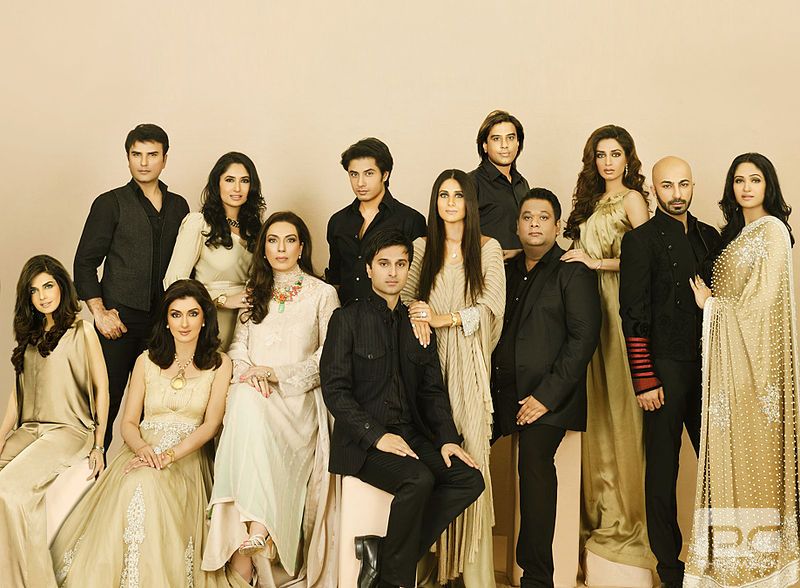
The shalwar kameez is the national dress of Pakistan and is worn by men and women in all four provinces Punjab, Sindh, Baluchistan, Khyber Pakhtoonkhwa and FATA in the country and in Azad Kashmir. Each province has its own style of wearing the Shalwar Qameez. Pakistanis wairclothes range from exquisite colors and designs to the type of fabric (silk, chiffon, cotton, etc.).
Food and Drink
Sugarcane juice is Pakistan’s national drink.
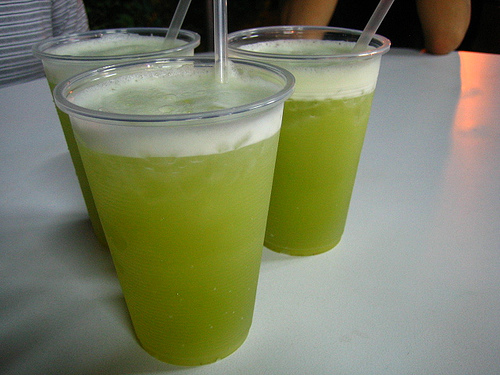
Sugarcane juice
Alcoholic drinks are totally forbidden in Pakistan, including beer.
Pakistani cuisine is a blend of cooking traditions from different regions of the Indian subcontinent, originating from the royal kitchens of sixteenth-century Mughal emperors. It has similarities to North Indian cuisine, although Pakistan has a greater variety of meat dishes. Pakistani cooking uses large quantities of spices, herbs and seasoning. Garlic, ginger, turmeric, red chilli and garam masala are used in most dishes, and home cooking regularly includes curry. Chapati, thin flat bread made from wheat, is a staple food, served with curry, meat, vegetables and lentils. Rice is also common; it is served plain or fried with spices and is also used in sweet dishes. Lassi is a traditional drink in the Punjab region. Black tea with milk and sugar is popular throughout Pakistan and is taken daily by most of the population.
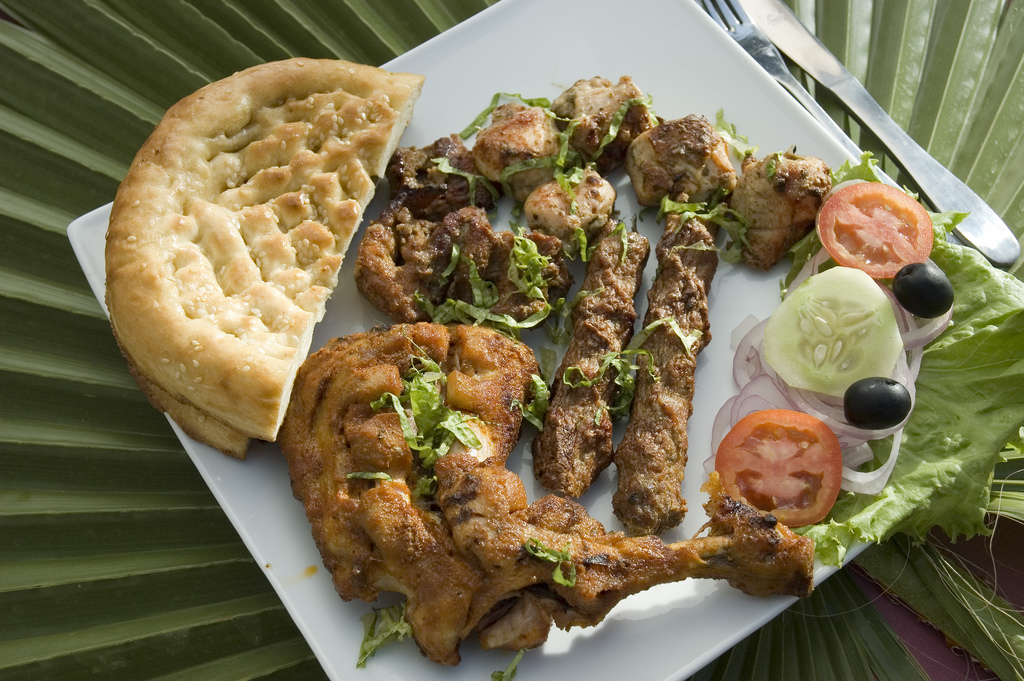
A Pakistani dish cooked using the Tandoori method
Public Holiday
Working Day and Day off:
Working days of government department: a.m. 9:00~p.m. 3:00 on Mon. to Thus, Friday morning and Sat.
Festivals:
Eid-ul-Fitr: the most important festival in Pakistan.
Youm-e-Ashura: March 13th~14th.
PakistanDay: March 23th.
EidMilad-un-Nabi: May 14th, the birthday of Prophet Mohammad.
IndependenceDay: Aug. 14th.
Tour
Gilardino's Paintings
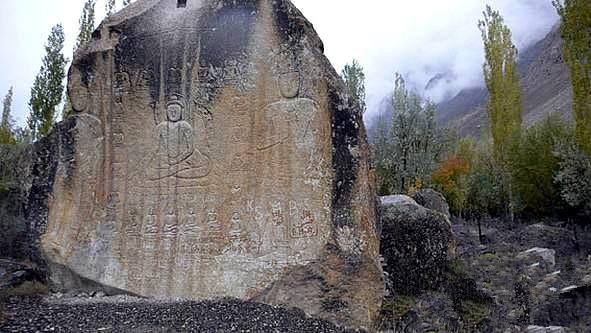
List of UNESCO World Heritage Sites in Pakistan
Archaeological Ruins at Moenjodaro
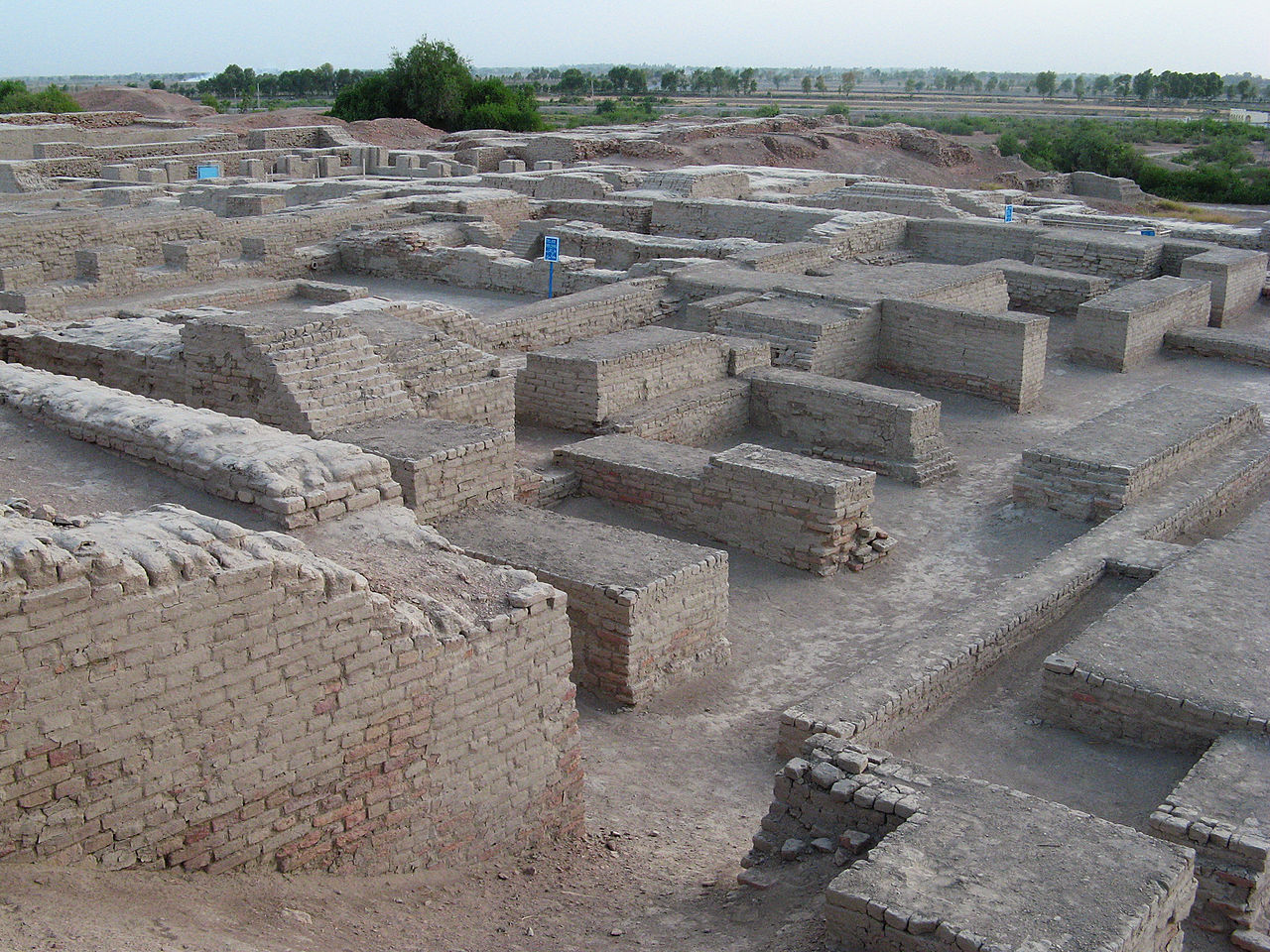
Moenjodaro is an archaeological site located on the right bank of Indus River in Larkana District of Sindh. Dating back to the beginning of 3rd millennium BC, the 5000 year old city was one of the largest and earliest urbanized settlements in South Asia. The ruins were first discovered in 1922 and major excavations were carried out in 1930’s; however after 1965 further excavations were banned due to weathering and disintegration. Only one-third of the site has been revealed so far and site conservation works have been on-going since then.
Taxila
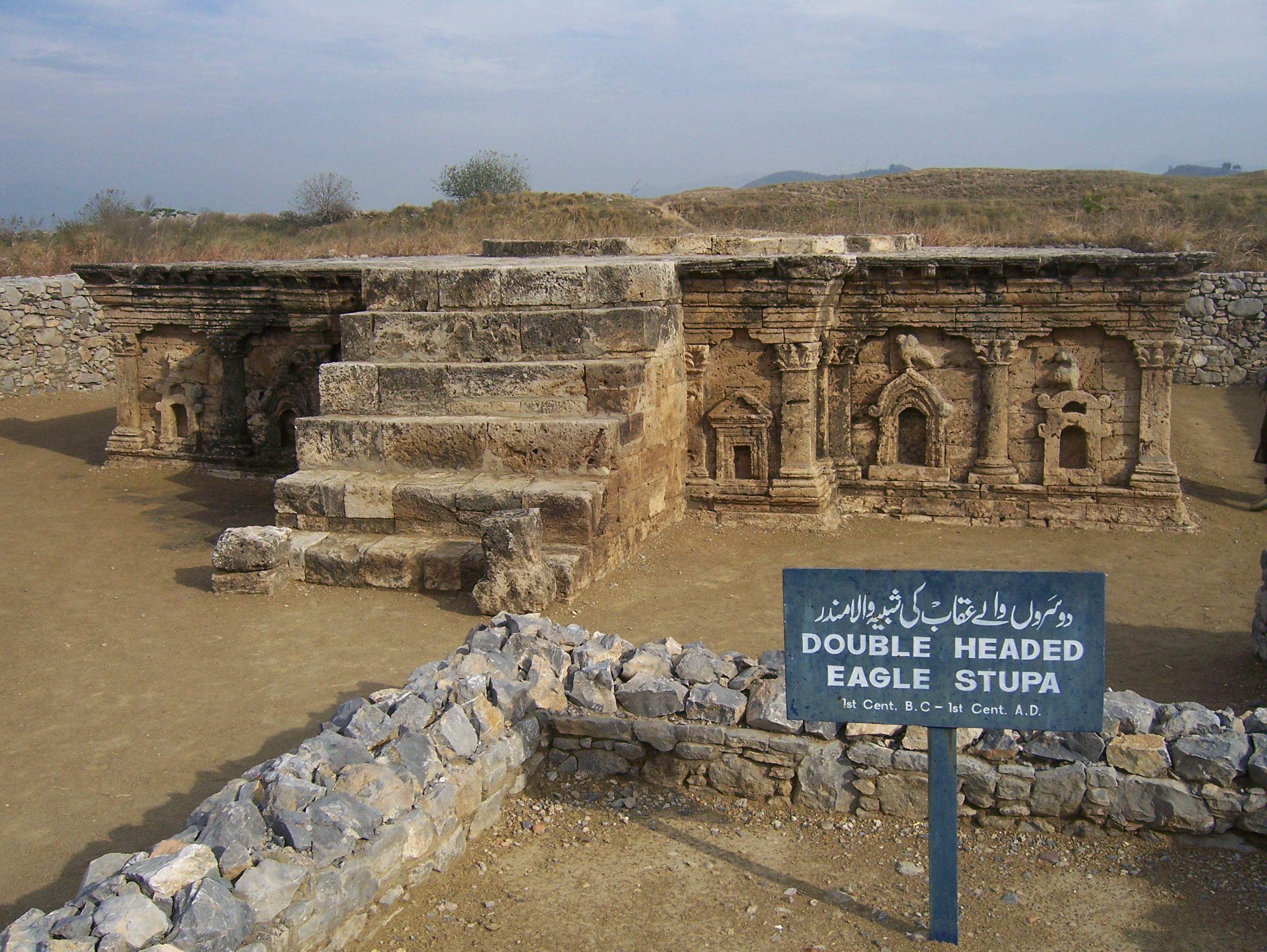
Taxila is an archaeological site located in the Rawalpindi District, 30 km northwest of Islamabad. The city dates back to the Gandhara period and contains the ruins of the Gandhāran city of Takṣaśilā which was an important Hindu and Buddhist center, and is still considered a place of religious and historical sanctity in those traditions.
Buddhist Ruins of Takht-i-Bahi and Neighbouring City Remains at Sahr-i-Bahlol
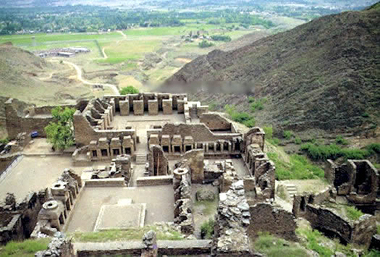
Takht-i-Bahi, meaning spring throne, is a Buddhist monastic complex dating to the 1st century BC located on top of a 152 m high hill. The ruins are located about 16 km from Mardan and 80 km from Peshawar. Sahr-i-Bahlol is a small fortified city, dating from the same era, located near Takht-i-Bahi. The historical complex is a complete Buddhist monastery consisting of four main groups; the Court of Stupas, a monastic complex, a temple complex, and a tantric monastic complex.
Fort and Shalamar Gardens in Lahore
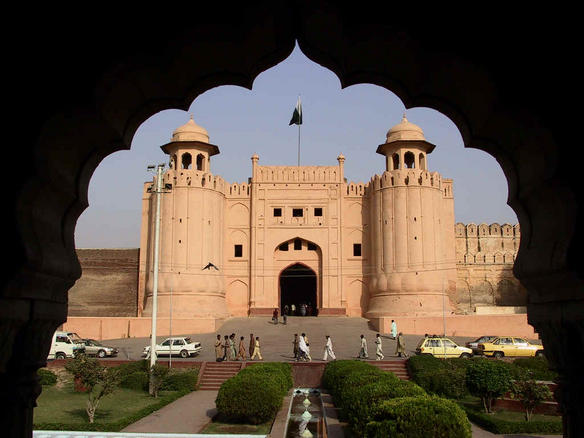
The Fort and Shalamar Gardens in Lahore are two distinct royal complexes from the Mughal era. The Fort is located at the northwest corner of the Walled City of Lahore and has been destroyed and rebuilt several times during its history. The Shalamar Gardens are example of Mughal Gardens which were constructed by the emperor Shah Jahan in 1642. The gardens are influenced by Persian and Islamic traditions and cover 16 hectares of land area.
Historical Monuments at Makli, Thatta
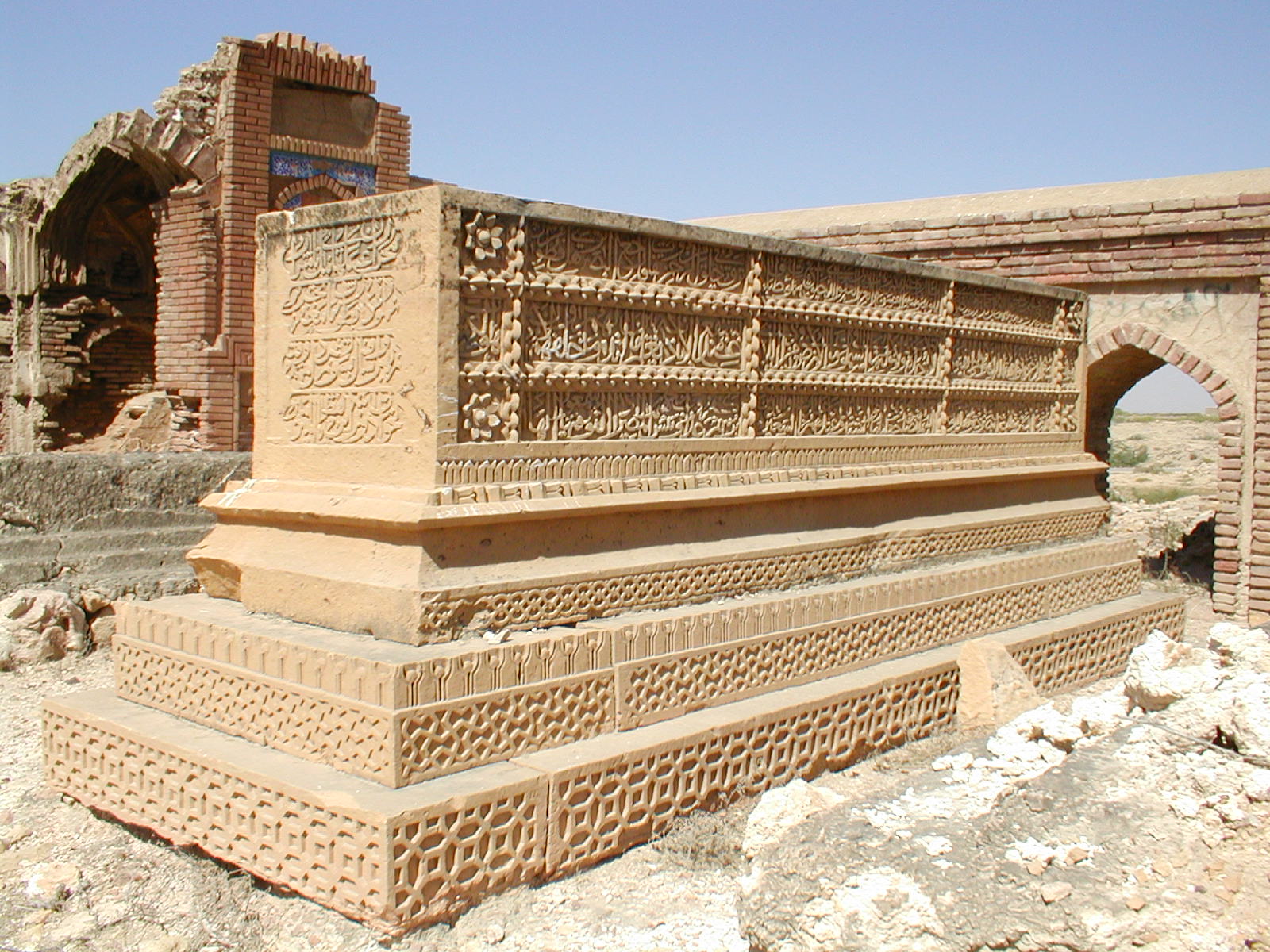
Makli is a necropolis in the archaeological city of Thatta dating back to 14th century. The monuments and mausoleums in Makli are built from high quality stone, brick, and glazed tiles representing the civilization of Sindh of the time. Tombs of famous saints and rulers including Jam Nizamuddin II are still preserved and are evidence of Hindu, Mughal, and Islamic architecture.
Rohtas Fort
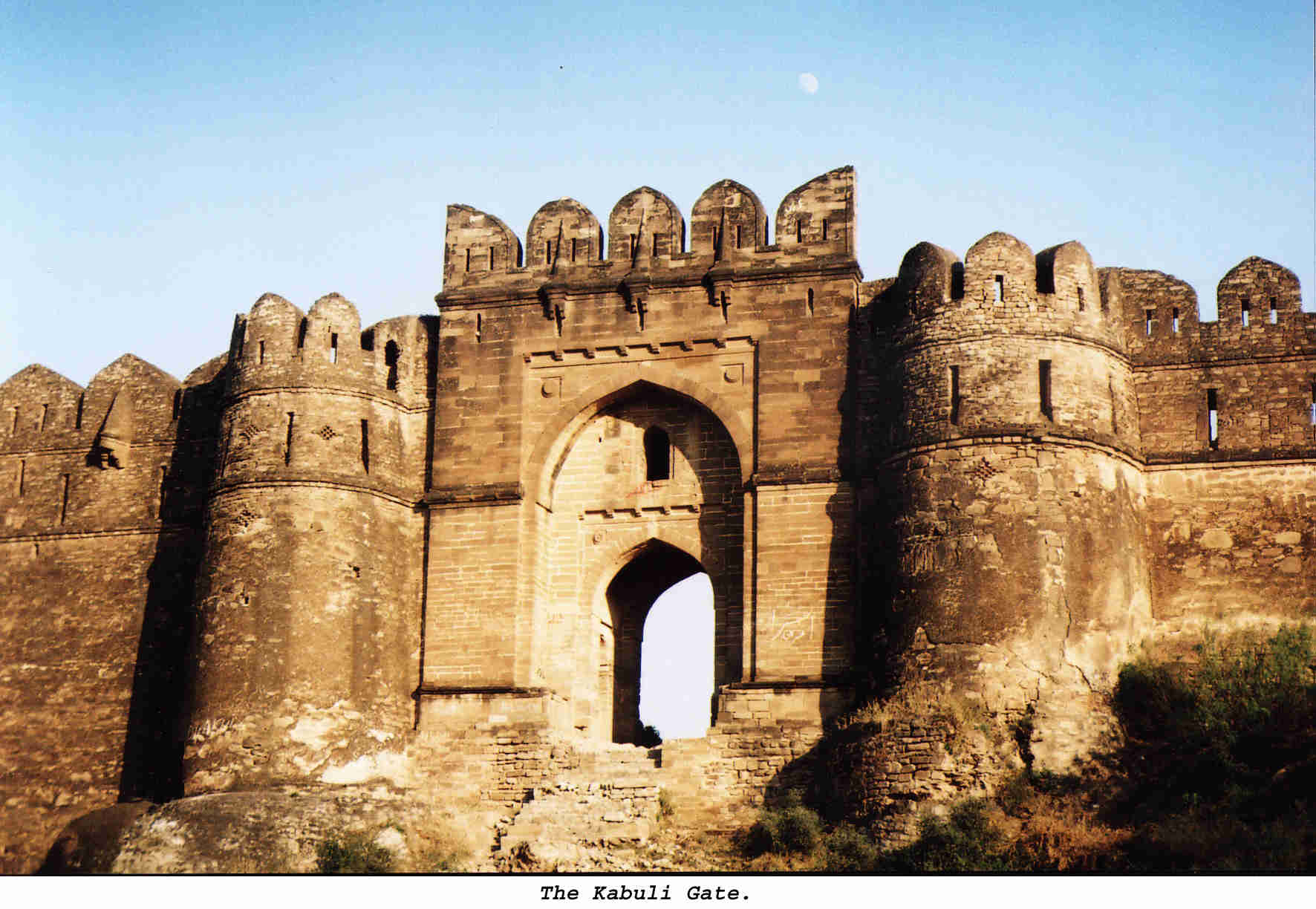
Rohtas Fort is a garrison fort built by Sher Shah Suri, located about 16 km from Jhelum in Punjab, Pakistan. The fort is an exceptional example of Islamic military architecture, integrating artistic traditions from Turkey and the Indian subcontinent. It was built at a strategic location on a small hill alongside Kahan River to control the Ghakkars. Its name is derived from Rohtasgarh, the site of Sher Shah's victory in 1539 over a Hindu ruler.
Conferences
- 2024 the 7th International Conference on Frontiers of Composite Materials
- 2024 the 7th International Conference on Smart Material Research
- 2024 the 7th International Conference on Smart Materials Applications
- 2024 the 9th International Conference on Composite Materials and Material Engineering
- 2023 the 10th International Conference on Chemical and Material Engineering
- 2023 the 12th International Conference on Material Science and Engineering Technology
- The 3rd International Conference on Material Engineering and Manufacturing
- The 3rd International Conference on Information System and Data Mining
What's new
- CMAME 2024 will be held in Bangkok, Thailand during December 18-20, 2024! We are looking forward to welcoming you in Bangkok!
- We sincerely invite you to participate 2025 the 8th International Conference on Front...
- ICFCM&ICSMR 2024 was successfully held in Singapore during June 14-16, 2024!
- We extend our warm congratulations to the successful convening of the 9th Internation...
- ICCME/ICMDM/ICOAM 2015 was successfully held in Phuket during December 27-28,2015!
- ICOCE/ICNT/ICSCT2015 conferences has been successfully hosted in Dubai, UAE during Oct 17-18, 2015!
- CMECE/ICNMS 2016 will be published in the volume of MATEC Web of Conferences, which...
- ICSMR/ICDCE/ICAAT 2015 conference has been successfully hosted at in Istanbul, Turkey during September 21-22, 2015
